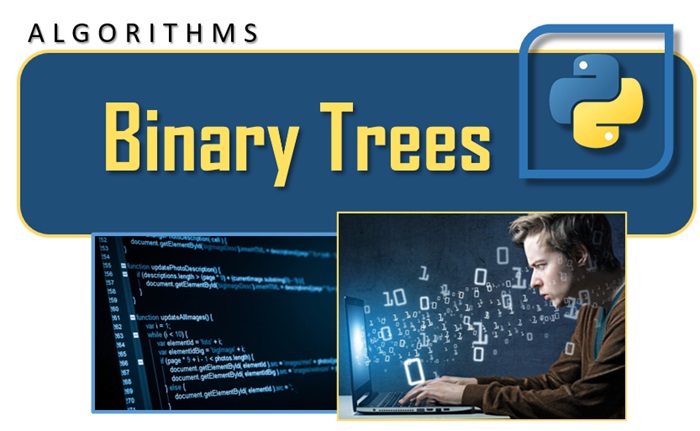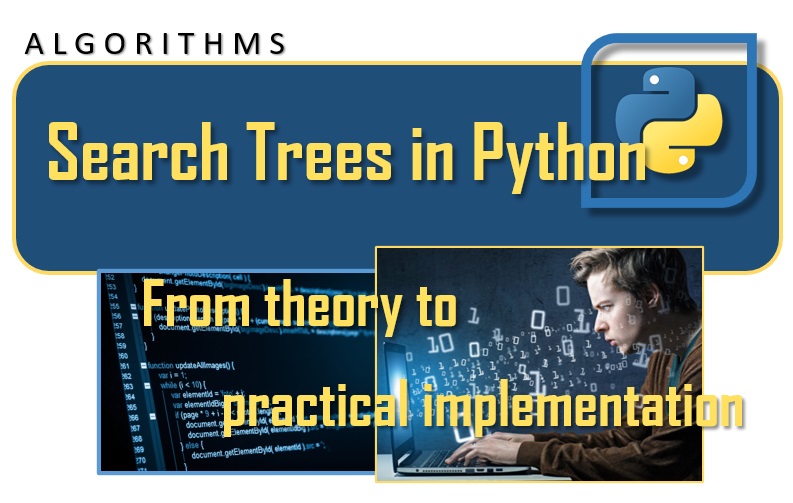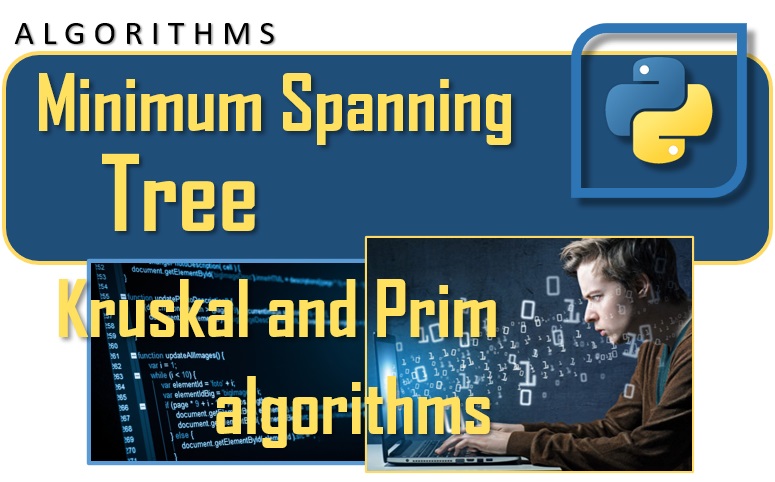
In the vast world of computing, trees and graphs are two fundamental concepts that play a crucial role in representing and organizing data. These structural models offer an effective way to manage complex relationships between elements and solve a wide range of problems. In this section, through a series of in-depth articles, we will explore trees and graphs as data structures, examining their main characteristics and analyzing related algorithms.
[wpda_org_chart tree_id=44 theme_id=50]
Trees: Roots of the Data Structure
A tree is a hierarchical data structure composed of nodes linked together in such a way that each node has only one parent node, except for the root node which has none. Nodes without children are called leaves, while nodes sharing a common ancestor form a subtree.
There are various types of trees, each with unique characteristics. The most common include binary trees, binary search trees, and AVL trees. Each type of tree is designed to solve specific problems efficiently.
Tree Traversal: Tree traversal algorithms, such as in-order, pre-order and post-order, allow you to visit and manipulate all nodes of a tree in a specific order.
Searching in Binary Search Trees: Binary search trees allow efficient searching of items due to their ordered structure.
Graphs: Connections in the Virtual World
Unlike trees, graphs allow for more complex connections between nodes. A graph is made up of a set of nodes and a set of edges connecting pairs of nodes. They can be directed or undirected, weighted or unweighted, depending on the relationships they are intended to represent.
Various types of graphs include directed graphs, undirected graphs, weighted graphs, and directed acyclic graphs (DAGs). Each type of graph finds application in specific contexts, from social networks to road networks.
Depth-First Search and Breadth-First Search: Fundamental algorithms for exploring graphs and finding paths.
Dijkstra and Bellman-Ford algorithm: Used to find the shortest path in a weighted graph.
Kruskal and Prim algorithm: Used to find the Minimum Spanning Tree in weighted graphs.
Trees and Graphs, the most used data structures
Trees and graphs are widely used in multiple fields. For example, directory management in an operating system can be represented by a tree, while relationships between users in a social network are easily modeled with a graph.
Trees and graphs, with their associated peculiarities and algorithms, constitute essential tools in a programmer’s toolbox. Their deep understanding is critical to solving a wide range of complex problems and optimizing operations on large data sets. We conclude this chapter with the knowledge that trees and graphs are fundamental to building a solid foundation in the computing universe.




